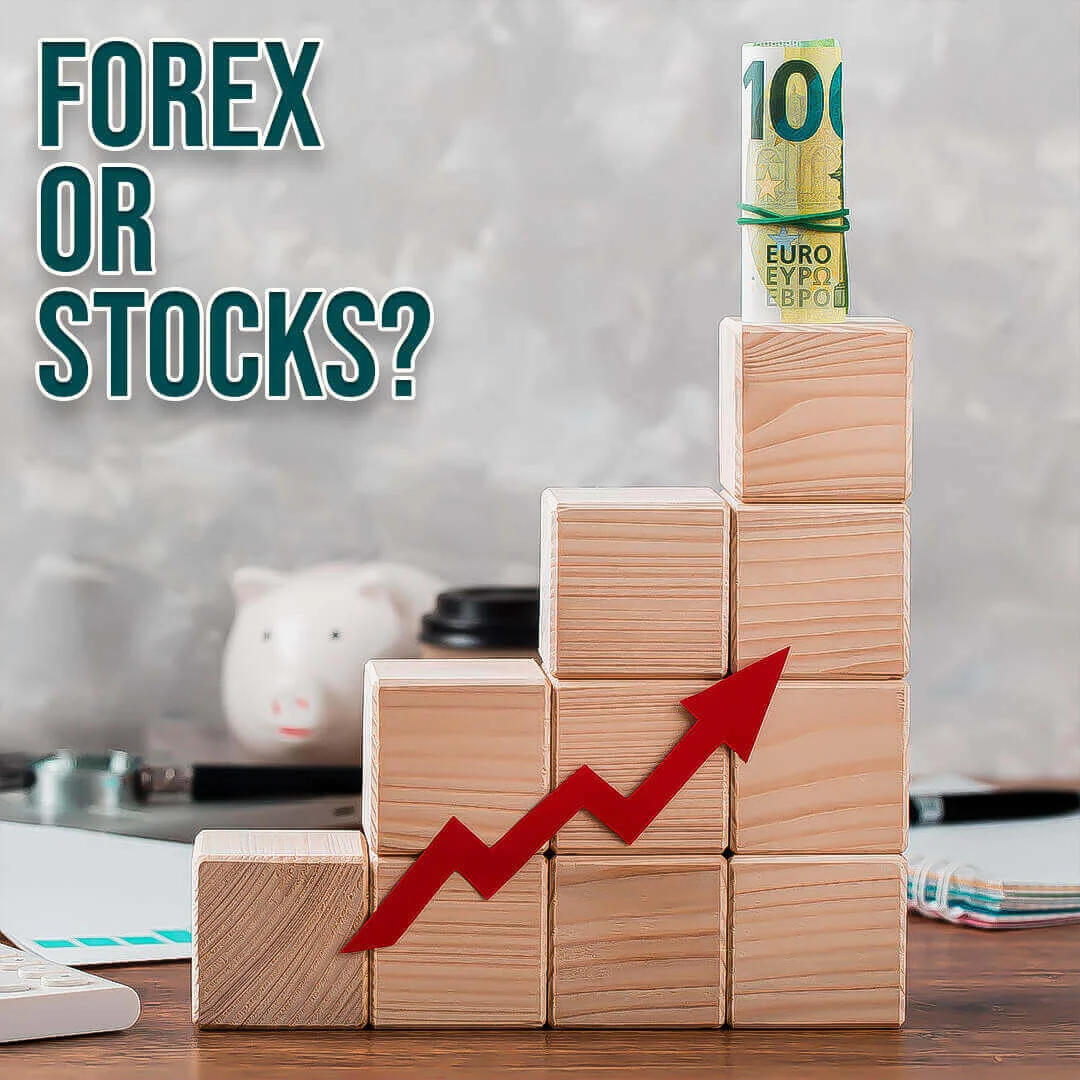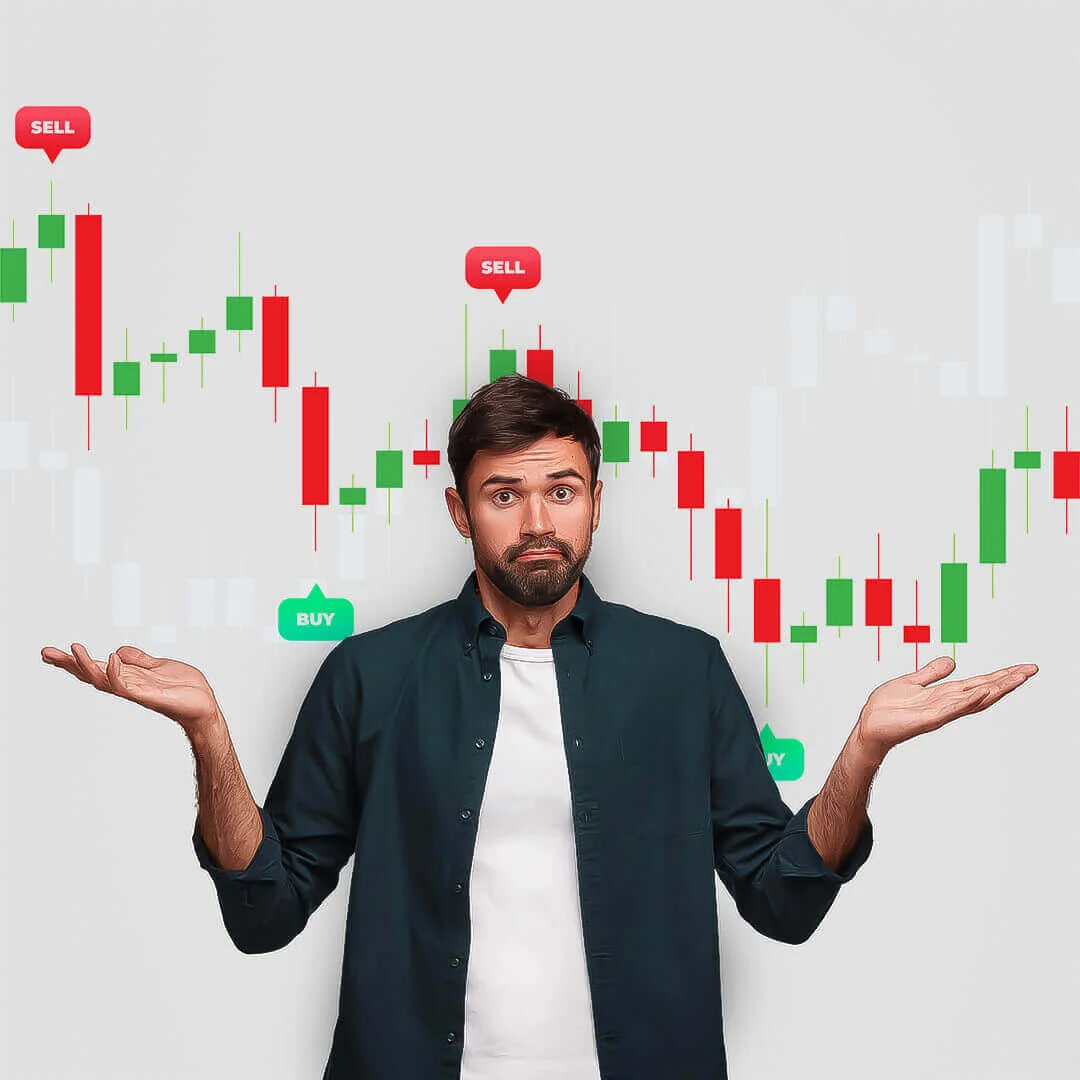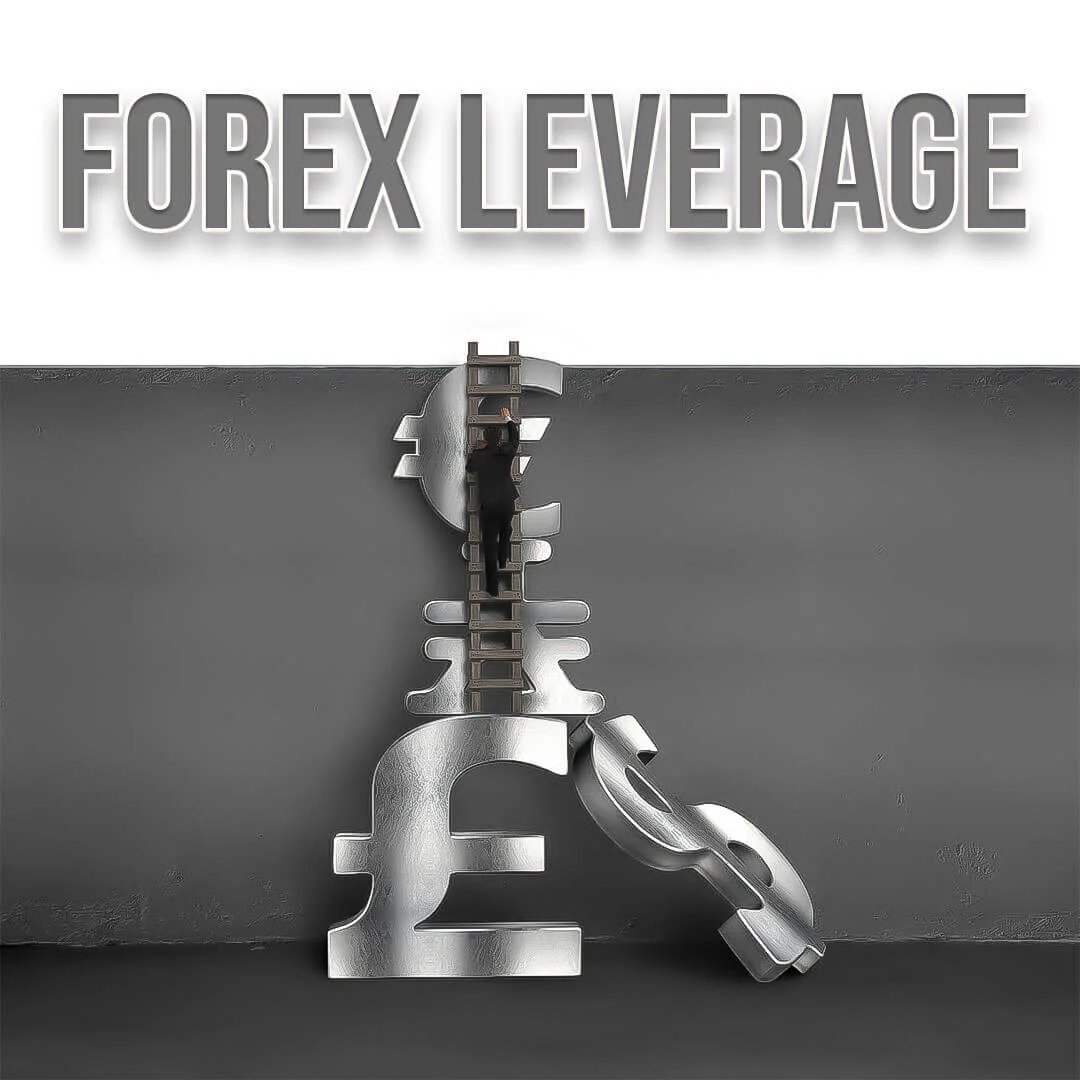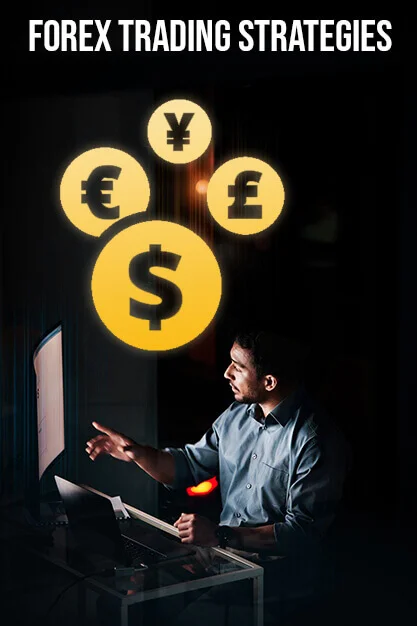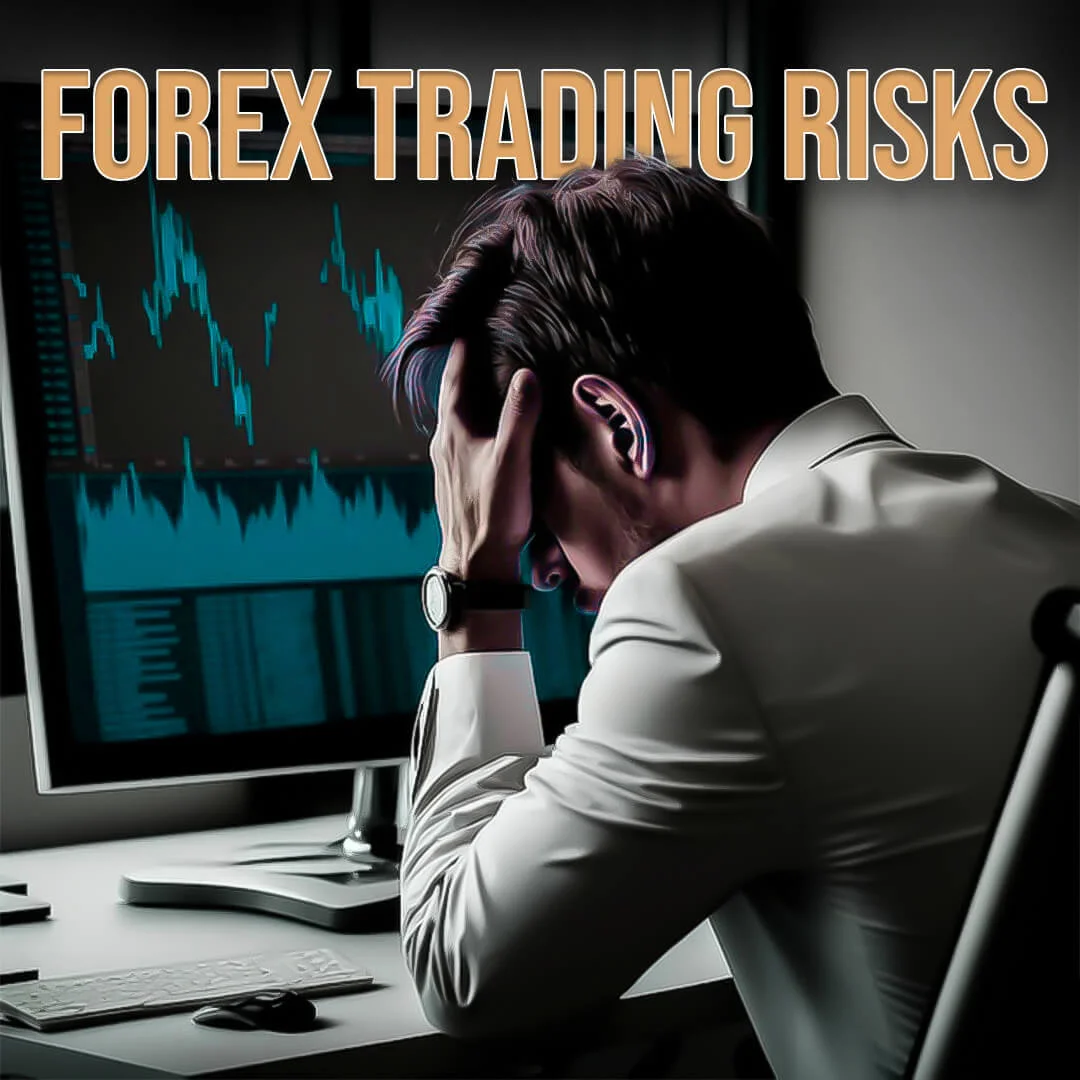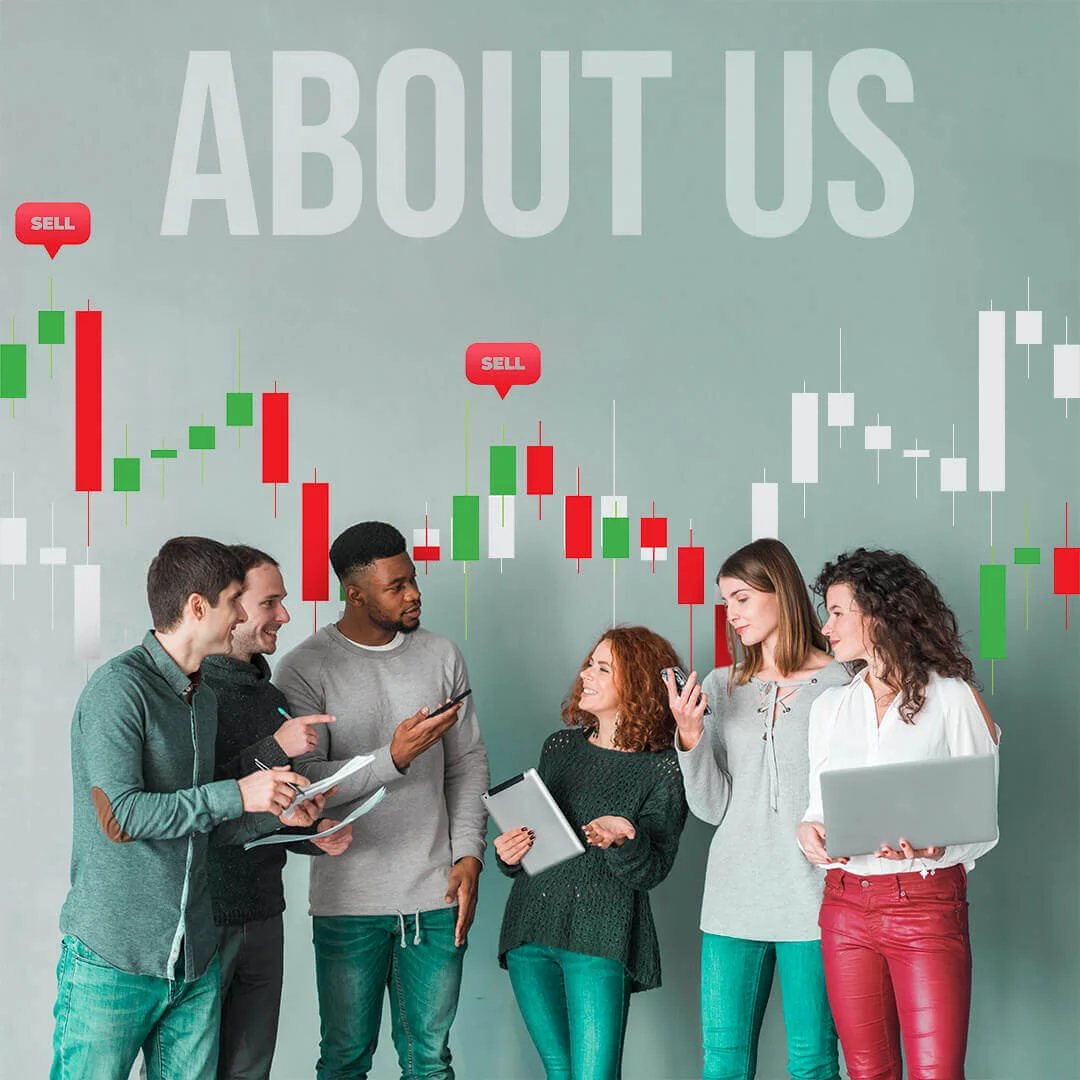Step By Step Guide
Transfer USD, EUR, or Crypto and start trading today!
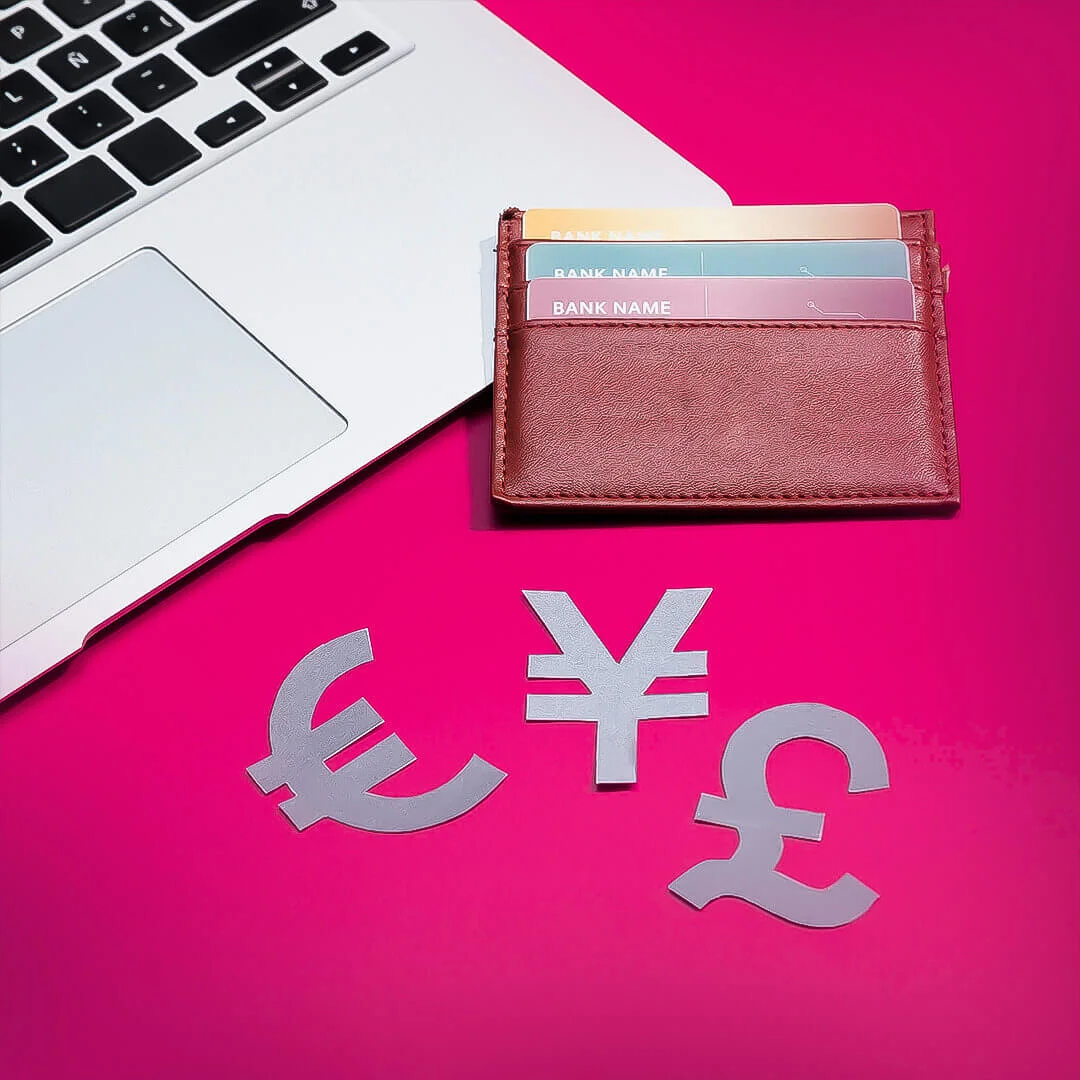
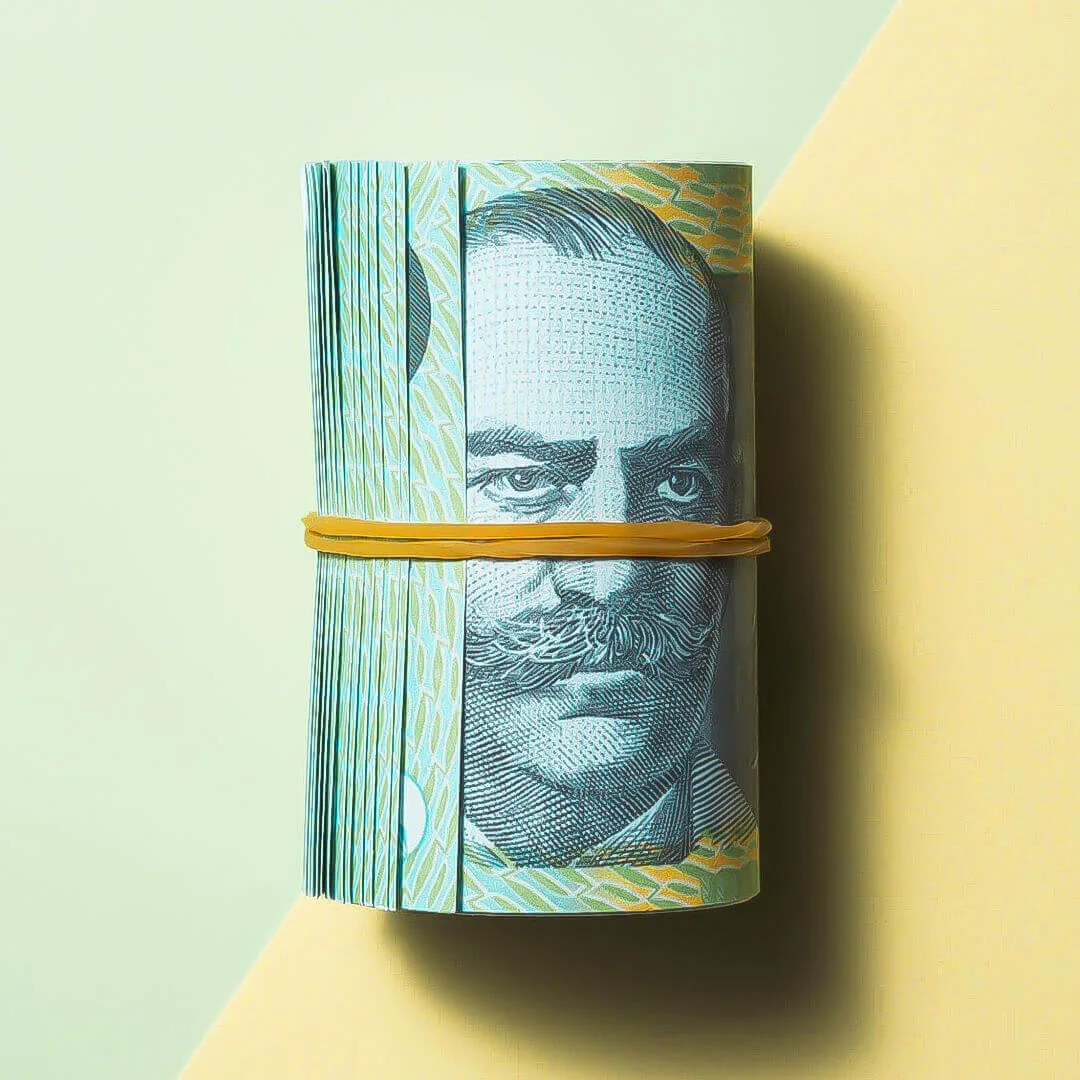
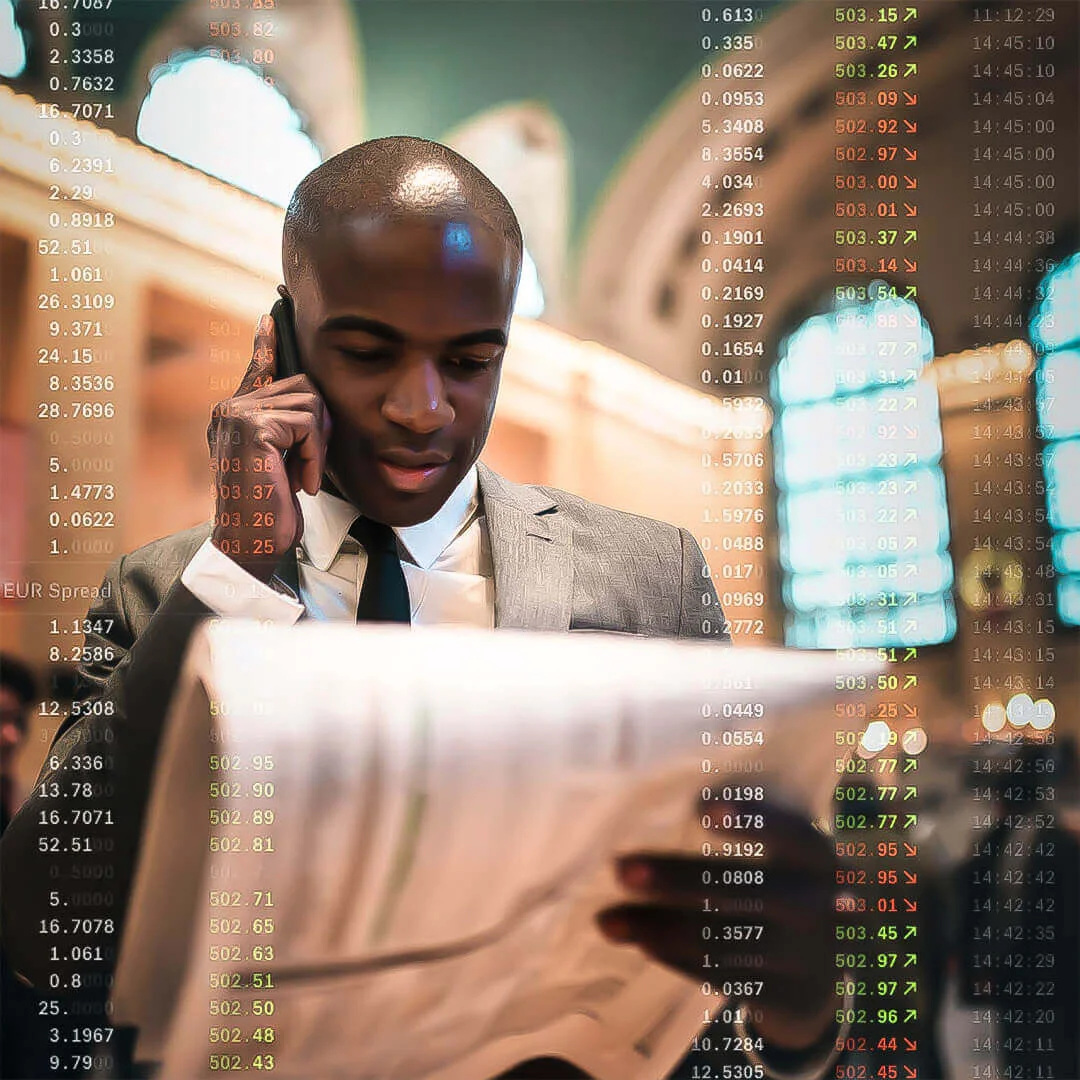
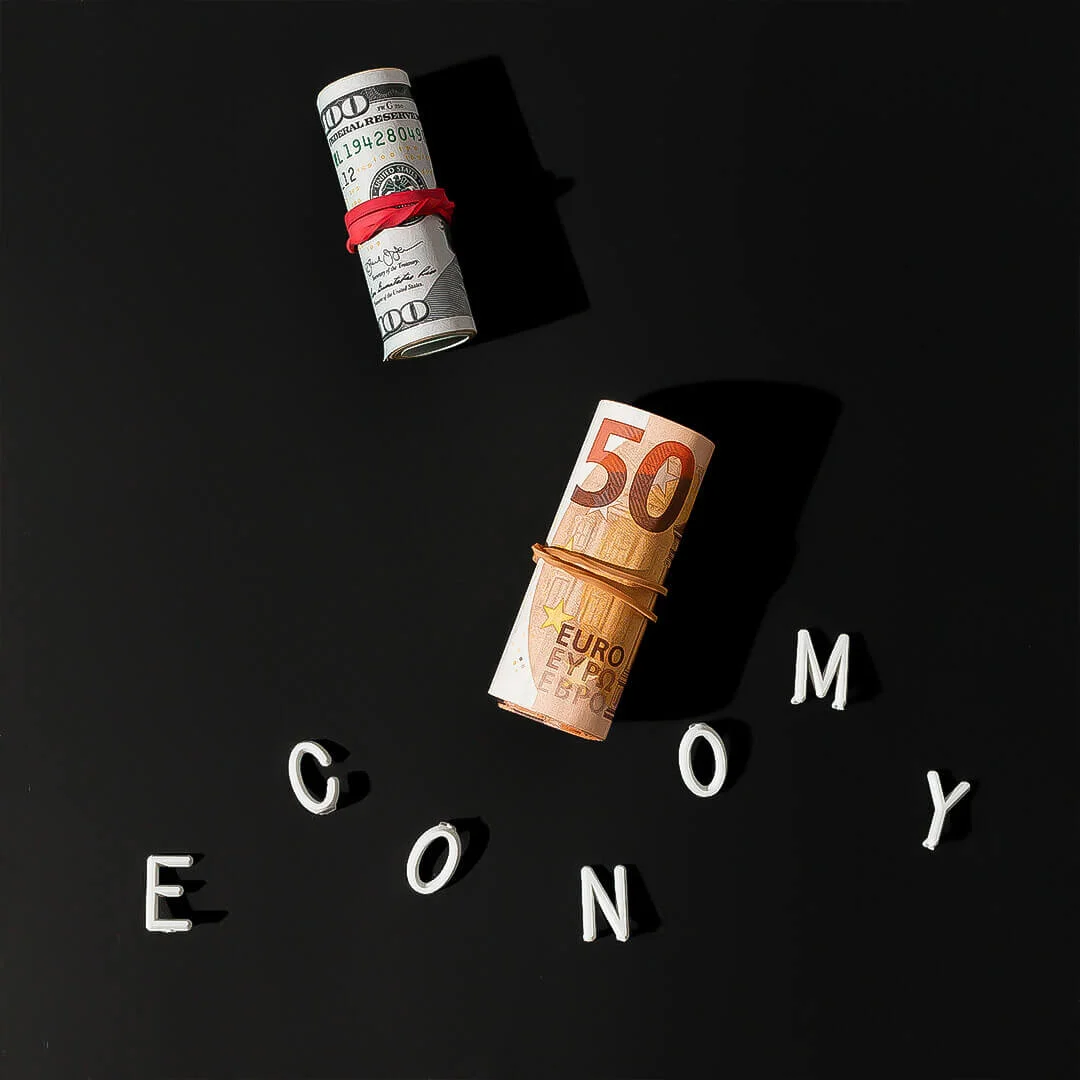
Did you know that whenever you travel abroad and exchange your money with that particular country’s currency, you are inadvertently participating in foreign exchange or the forex market? But, if you are one of those who want to learn forex trading then you better begin with the forex trading for beginners guide to get the whole idea about it.And we present to you both the fundamentals and the intricacies of forex trading as a whole. So let’s get this discussion started.
What is Forex Trading
Forex trading is also known as Foreign Exchange and FX means the act of purchasing or selling one currency in exchange for another. It’s the world’s most heavily traded market because individuals, businesses, and countries all engage, and it’s a simple market to enter without a lot of money. In fact, the forex market is the financial world’s silent giant, overshadowing all other capital markets.




What is Forex Market
The foreign exchange market is where the currency is exchanged. Currency is significant because it allows us to make purchases both locally and internationally. International currencies must be traded in order to conduct international trade and business.
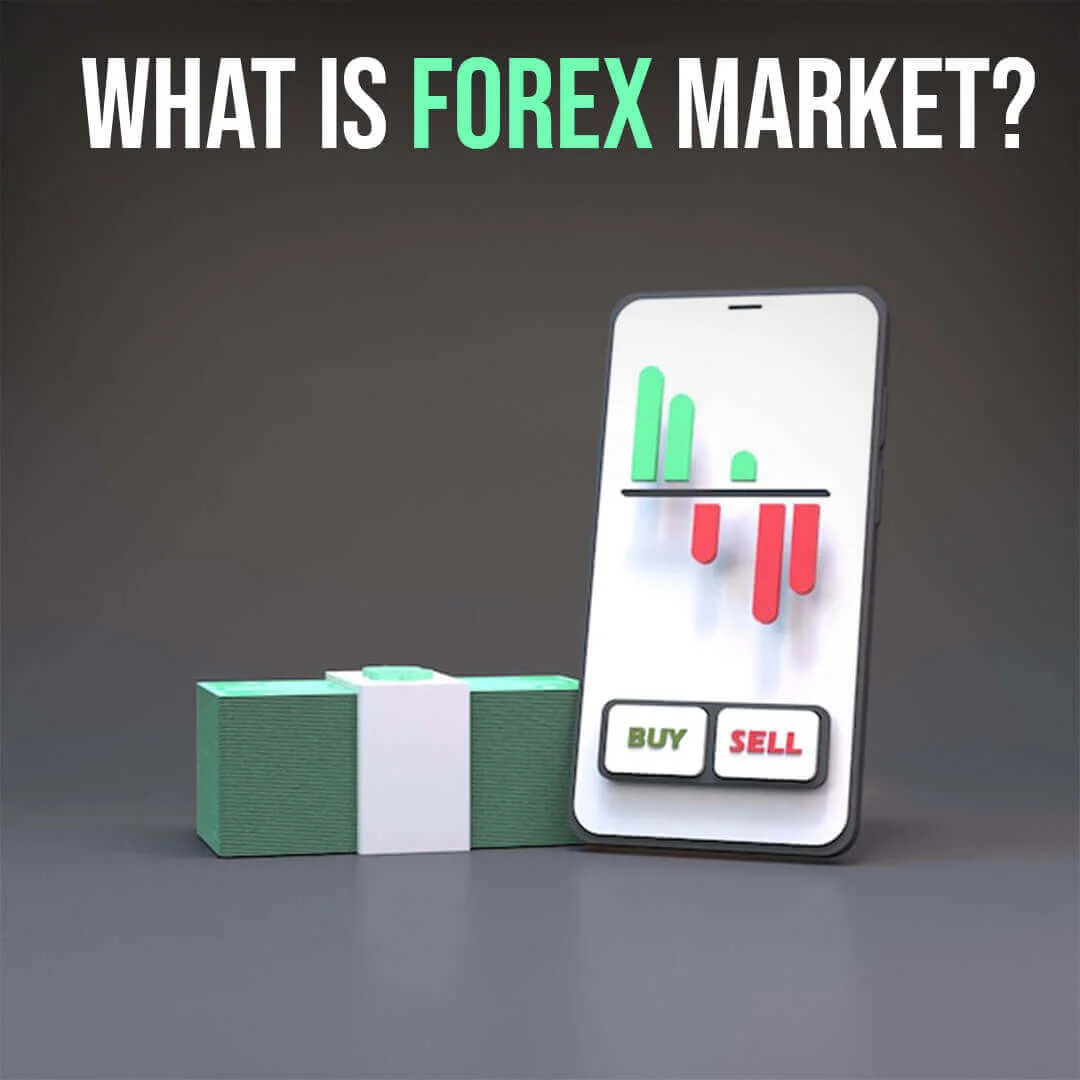
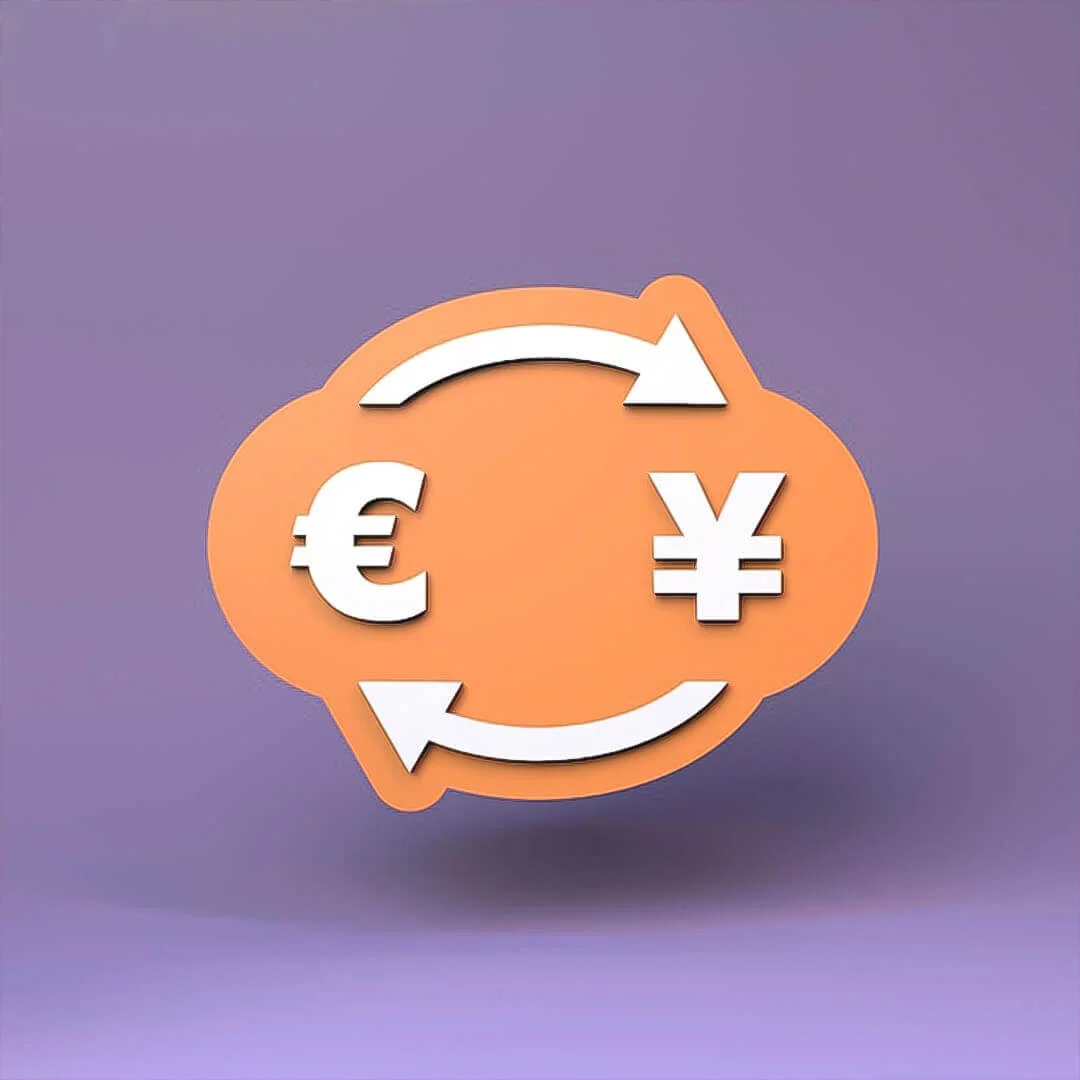
Currency Pairs
An important thing you should learn in forex currency trading for beginners is that currency is always traded in pairs. The forex market is for currency pairings. Because there are two currencies involved when exchanging dollars for euros, for example, the exchange always reflects the value of one currency in relation to the other. The EUR/USD rate shows how many US dollars (USD) it takes to buy one euro (EUR).
Symbols are used in the forex market to represent specific currency pairs. The euro is denoted by EUR, and the dollar is denoted by USD, hence the euro/dollar pair is denoted by EUR/USD. AUD (Australian dollar), GBP (British pound), CHF (Swiss franc), CAD (Canadian dollar), NZD (New Zealand dollar), and JPY (Japanese yen) are some of the other regularly traded currency symbols.A market price will be connected with each FX pair. The price is the amount of the second currency required to purchase one unit of the first. If the EUR/USD currency pair’s price is 1.3635, it implies that one euro costs 1.3635 US dollars.
How to learn Forex step by step?
Forex Trading has grabbed the curiosity of many new traders due to its stimulating and frantic character. Following are a few steps to forex trading for beginners:
Choosing a suitable broker
Choosing suitable forex brokers for beginners is an essential step. The forex broker you choose can either make your trade or break your trade. Hence, it is necessary to choose the right broker who is regulated, registered, licensed, and trustworthy. Another noteworthy point while choosing a broker is to ensure that your broker keeps his money separated from yours.
Brokerage Platform
Once the broker is decided, you need to download or register a forex trading platform in support of your broker. It is also possible that your broker offers his own forex platform or supports a third-party platform.
Funds in the trading account
Once you have registered with the forex platform and opened an account, you need to transfer funds in the account to be able to trade. Most forex platforms allow wire transfers and debit card payments.
Strategy
Building a strategy is vital. When trading financial markets, a trader must determine whether to sell or buy assets, or whether to sit on the sidelines. As a result, he must first plan. Then he should be an attempt to define why he picked what he did. All of this necessitates an early grasp of a well-thought-out approach. Checking for news releases, having a broader picture of market trends, trade sizing guidelines, etc., are all part of a good trading strategy.
Start small and work your way up
When you’re first starting out in trading, the best piece of advice you can get is to start small. This will assist you in gaining an understanding of how forex markets work by providing an experience.
Keeping your emotions under check is essential
You will undoubtedly experience fear, terror, joy, and greed when trading. Allowing these feelings to take control of your life will only make matters worse. Trying to avoid or ignore them is a challenging task that must be accomplished at all costs. In such situations, you should practice patience because a calmer mind allows you to see things more clearly.
Limitations
Recognize your limitations. It’s a straightforward concept, yet it’s crucial to your long-term success. Knowing how much you’re willing to risk on each transaction, modifying your leverage ratio to match your needs, and never investing more money than you can afford are all part of this process.
Exploring
While perseverance is essential, don’t be hesitant to alter your trading strategy if things aren’t going as planned. Your demands may change as your experience grows, but your strategy should always reflect your goals. Your plan should evolve as your goals or financial condition change.
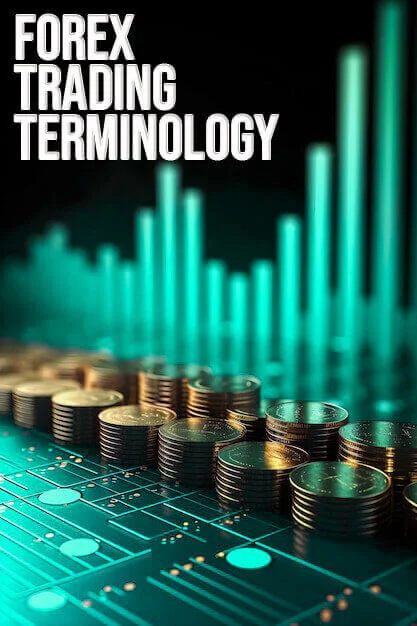
Forex Trading Terminology
The forex market is a massive place with significant distinctions from other financial markets such as stocks and commodities. Forex traders, for example, have evolved their own set of terminology phrases specific to the forex industry. They are
Forex Trading Software
Because currency prices are always fluctuating, traders must keep a watch on them in order to locate a good trade. That is until the advent of automated forex trading software came in. While huge institutional investors were the first to install and use algorithmic trading, the number of automated forex trading software designed for individual forex traders is now fast increasing. The best forex platforms for beginners offer services for algorithm traders of all skill levels.
What factors impact the currency pairs
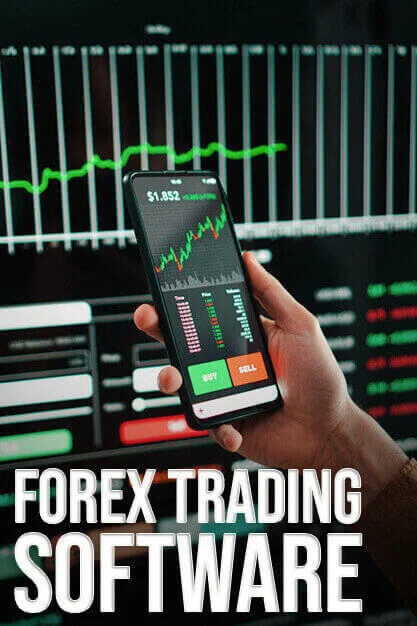
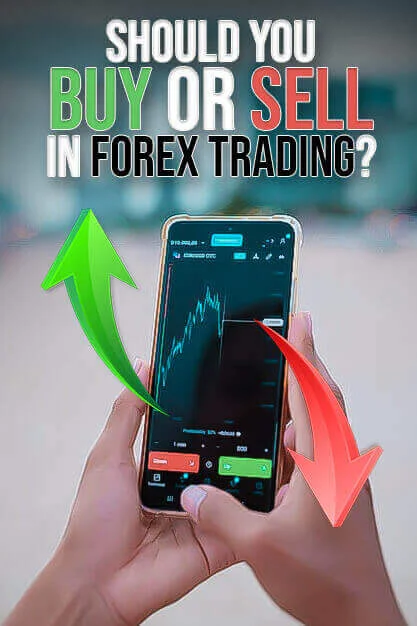
When and how should you buy or sell in forex trading?
Buying and selling forex pairs entails predicting how much one currency will appreciate or depreciate against another. As a trade foundation, this could include fundamental or technical analysis. Once a foundation has been established, the trader will consider various technical and fundamental considerations, as well as entry and exit levels, while also considering risk management procedures.
To maintain profitability in forex trading, one must purchase, sell, and trade forex pairs at the appropriate times. So, how do you know when to purchase and sell currency pairs? This is a difficult issue to answer, and the response will depend on your trading strategy. However, there are a number of tested ways for correctly timing the market. The three main methods of trading are listed below:
What are Forex Trading Examples?
You exchange the power of one currency against another when you trade on the forex market. To help you better understand it, here are examples of both buying and selling situations, using CFD.
Buying
The EUR/GBP currency pair is now trading at 0.84950 / 0.84960.You decide to purchase €20,000 because you believe the EUR/GBP exchange rate will rise. The EUR/GBP has a margin rate of 3.34 percent, which implies that the position margin is just 3.34 percent of the total position value. As a result, your position margin, in this case, will be £567.50 (3.34 percent x [€20,000 x 0.84955]). Note that if the price swings against you, you might lose more than your £567.50 investment.
Winning Outcome
Your guess was accurate, and the price will rise to 0.85530 / 0.85540 in the next hour. You decide to sell at 0.85530 to close your long position (the current sell price).The price has shifted 57 points in your favor (0.85530 – 0.84960).([€20,000 x 0.85530] − [€20,000 x 0.84960]) = £114 profit.
Losing Outcome
Sadly, your prediction was incorrect, and the EUR/GBP exchange rate will drop to 0.84390 / 0.84400 in the next hour. Because you believe the price will continue to fall, you decide to finish the deal by selling at 0.84390 (the current sell price).The price has changed against you by 57 points (0.84960 – 0.84390).([€20,000 x 0.84960] – [€20,000 x 0.84390]) = −£114 is your loss.
Selling
The EUR/USD pair is now trading at 1.13010 / 1.13020.Imagine that the euro is set to weaken against the US dollar in the next few days as a result of dismal German manufacturing statistics. You decide to sell €20,000 because you believe the EUR/USD exchange rate will fall.The EUR/USD has a 3.34 percent margin rate, which means you just need to deposit 3.34 percent of the whole position value as position margin. As a result, your position margin in this example will be $754.94 (3.34 percent x [€20,000 x 1.13015]). The site will translate the position margin amount into your account currency using the current CMC Markets exchange rate. Keep in mind that if the price swings against you, you might lose more than your $754.94 position margin.
Winning Outcome
Your guess was correct, and EUR/USD will drop to 1.12510 / 1.12520 in the next hour. You decide to buy at 1.12520 to close your short position (the current buy price).The price has climbed 49 points in your favor (1.13010 – 1.12520).([€20,000 x 1.13010] – [€20,000 x 1.12520]) = $98 is your profit.
Losing Outcome
Sadly, your guess was incorrect, and the EUR/USD rate will rise to 1.13800 / 1.13810 in the next hour. Because you believe the price will continue to rise, you decide to conclude the deal by buying at 1.13810 (the current buy price).The price has changed 80 points against you (1.13810 – 1.13010).([€20,000 x 1.13810] – [€20,000 x 1.13010]) = -$160 is your loss.
Forex or Stocks? Differences and which one should you choose?
Traders typically compare forex and stocks to determine which market is the best to trade. Even after their similarities, the currency and stock markets are radically different. The forex market has unique qualities that set it apart from other markets and, in the perspective of many traders, make it considerably more enticing to trade.It’s critical to know which trading method is best for you when determining whether to trade FX or stocks. Recognizing the differences and similarities between both the stock and forex markets, on the other hand, assists traders to make more informed trading decisions based on market conditions, volatility, and turnover.
